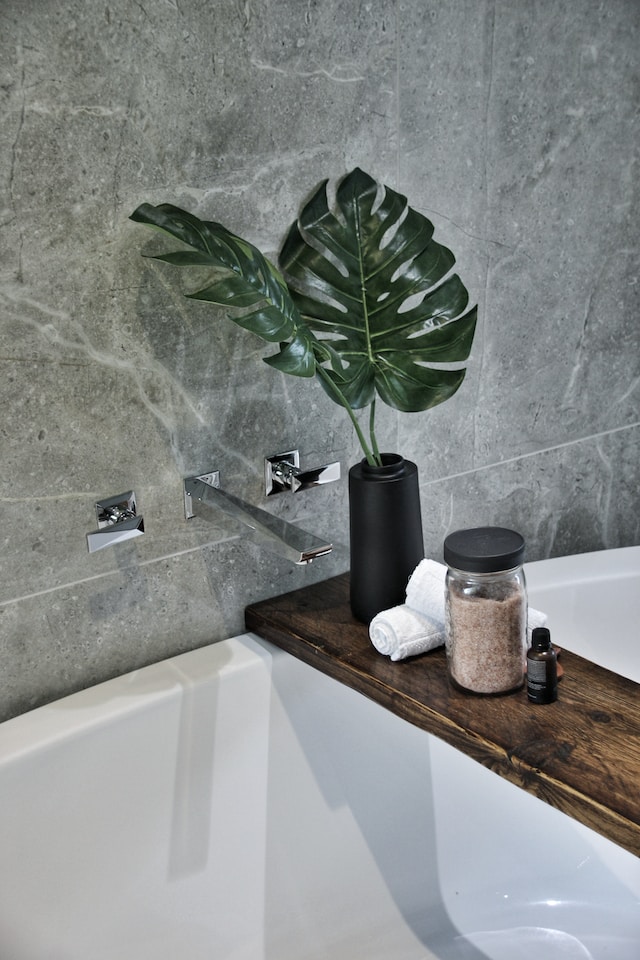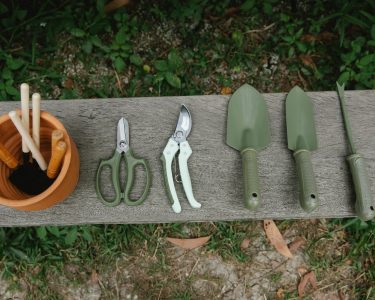Have you ever wanted to add some extra flavor to your meals but didn’t want to spend a fortune on herbs from the grocery store? Or maybe you just love the idea of having fresh, fragrant plants growing right in your kitchen. Either way, starting your own herb garden is easier than you might think! In this article, we’ll show you five easy steps to start an indoor herb garden that will have your taste buds (and wallet) thanking you. So dig out those gardening gloves and let’s get started!
Why grow your own herbs?
Growing your own herbs not only adds a touch of green to your living space, but it also has some incredible benefits for both your health and wallet.
When you grow your own herbs, you have complete control over how they are grown. You can choose organic methods and avoid the use of harsh chemicals that may be present in store-bought produce.
Fresh herbs are packed with nutrients that can help boost your immune system and fight off diseases. Incorporating them into your diet is an easy way to add more vitamins and minerals to your meals.
Additionally, growing herbs indoors means that they’re always within arm’s reach whenever you need them. No more running out to the grocery store or settling for dried-out herbs from the pantry!
Let’s talk about cost-effectiveness. Buying fresh herbs at the store can get expensive over time. By growing them yourself, you’ll save money in the long run while enjoying fresh flavors all year round!
What plants make good indoor herbs?
When it comes to indoor herb gardening, choosing the right plants is key. Not all herbs are suited for indoor environments, but there are many that thrive indoors and can add flavor and depth to your cooking.
One of the best herbs to grow indoors is basil. It’s easy to grow and adds a fresh burst of flavor to salads, sandwiches, and pasta dishes. Other great options include rosemary, thyme, parsley, mint, chives, cilantro and oregano.
Rosemary is particularly resilient in an indoor environment because it requires minimal watering; however ensure you provide adequate light for them – six hours per day or more if possible.
Mint is also a popular choice as it grows quickly with little maintenance needed. A few sprigs in tea or infused into water gives amazing flavour. Chives pair well with fish while cilantro adds zestiness Mexican-style dishes like salsa or guacamole.
Ultimately choosing the perfect combination of herbs depends on personal taste preferences so experiment with different varieties until you find what works best for you!
How to pot and care for your herbs
Potting and caring for your herbs is an essential step to ensure they grow healthy and strong. First, choose the right pot size depending on the herb’s root system. It should have drainage holes to avoid waterlogging and rot.
Next, fill half of the pot with a high-quality soil mix enriched with organic matter. Carefully remove your plant from its original container, loosen up its roots, and place it in the center of the new pot.
Gently press down around it and add more soil until you reach about 1 inch below the rim of the pot. Water thoroughly but be careful not to overwater, as this can lead to root rot.
To care for your herbs properly, put them in a spot that receives adequate sunlight (4-6 hours per day) or use artificial lighting if necessary. Keep them away from cold drafts or heat sources like radiators.
Water when needed by checking if the top layer of soil is dry to touch before watering again; this may vary depending on humidity levels. Fertilize once every two weeks during growing seasons using organic fertilizer.
With these simple steps, you will successfully enjoy fresh herbs at home all year round!
5 easy recipes using fresh herbs
Fresh herbs are a great way to add flavor and nutrition to your dishes. Here are 5 easy recipes that you can make using fresh herbs:
1. Herb Roasted Chicken: Rub a whole chicken with chopped rosemary, thyme and garlic before roasting it in the oven. The result is juicy, flavorful meat that’s perfect for any occasion.
2. Basil Pesto Pasta: Combine fresh basil leaves, pine nuts, parmesan cheese and olive oil in a food processor to make homemade pesto sauce. Toss it with al dente pasta for a quick and delicious meal.
3. Mint Watermelon Salad: Mix together cubed watermelon, feta cheese and chopped mint leaves for a refreshing summer salad that’s both sweet and savory.
4. Cilantro Lime Rice: Add freshly squeezed lime juice and chopped cilantro to cooked white rice for an easy side dish that pairs well with Mexican cuisine.
5. Thyme Buttered Corn on the Cob: Spread softened butter mixed with chopped thyme onto freshly boiled corn on the cob for an elevated twist on this classic summer favorite.
Using fresh herbs in your cooking not only adds delicious flavors but also provides many health benefits including antioxidants, anti-inflammatory properties, vitamins and minerals essential to human body functions!
Conclusion
Starting your own herb garden in the kitchen is a fun, rewarding and easy way to add fresh flavors to your meals. By following these five simple steps for choosing, potting and caring for herbs, you’ll have a thriving indoor garden in no time! Remember to use quality soil mixtures and pots with good drainage, give them plenty of natural light or artificial light if necessary, keep an eye on their watering needs and don’t be afraid to trim back growth.
Having fresh herbs at hand can make all the difference when it comes to cooking delicious dishes that are full of flavor. Whether you’re new to gardening or an experienced green thumb looking for something different, starting an herb garden in your kitchen is a great place to start. So why not get started today? With just a little bit of effort and care, you’ll soon be enjoying the fruits (or rather, herbs) of your labor!




